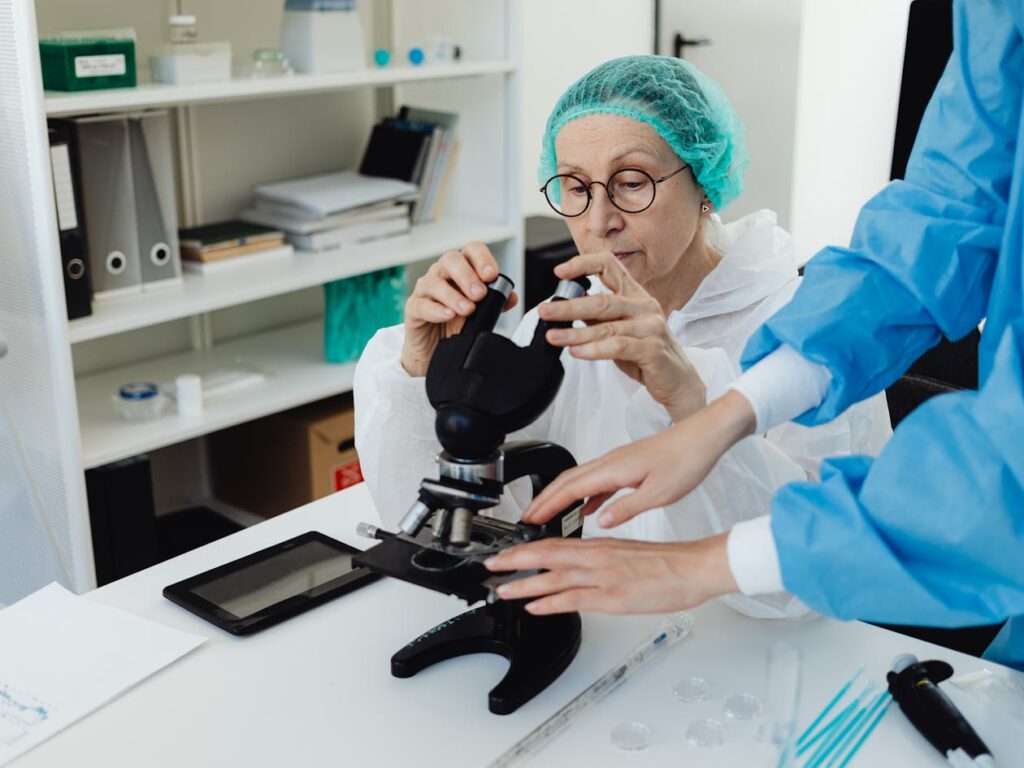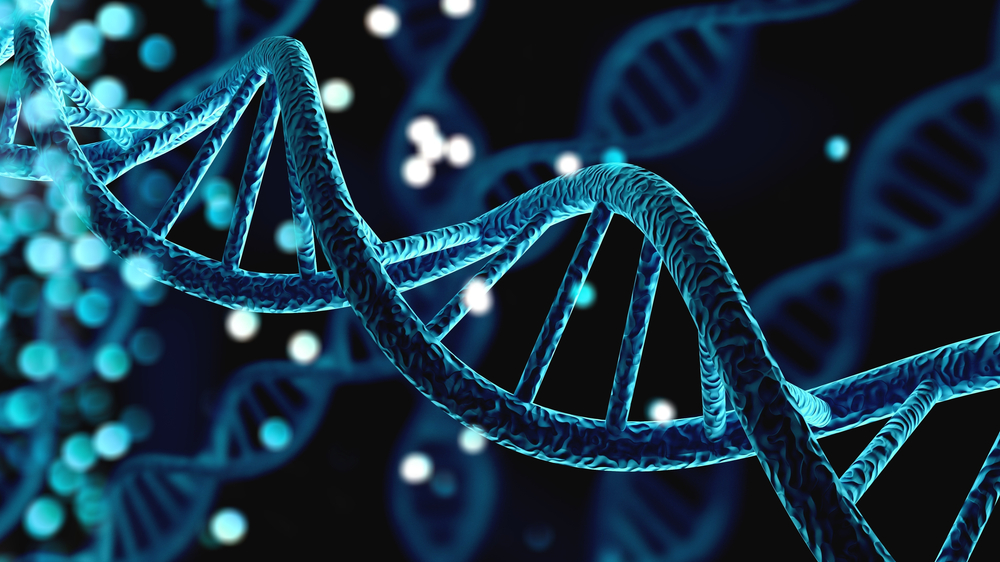Study Reveals Why Humans Can’t Live Past 150 Years Old

Billions of dollars flow into research laboratories chasing humanity’s oldest dream. Silicon Valley executives fund scientists searching for ways to outsmart death itself. Pharmaceutical companies develop drugs promising radical life extension. Medical advances keep pushing life expectancy higher each decade.
But mathematics doesn’t care about money or ambition. Researchers analyzing data from over half a million people across three countries discovered something that should humble every billionaire betting on immortality. Your body contains an internal clock that no amount of wealth or technology can currently reset.
Published in Nature Communications, groundbreaking longitudinal analysis reveals a hard biological limit on human existence. Even if you dodge every disease, escape every accident, and maintain perfect health habits, your body will eventually reach a point where it simply cannot continue. Scientists calculated exactly when that moment arrives.
Silicon Valley’s Quest to Cheat Death Just Hit a Wall

Tech billionaires pour millions into life extension research hoping to break free from biological constraints that have bound humanity since the beginning. Companies promise breakthrough therapies, cellular reprogramming, and artificial organ replacements that might someday defeat aging itself.
Singapore-based biotech company Gero collaborated with Roswell Park Comprehensive Cancer Center in Buffalo, New York to study whether such dreams have any basis in biological reality. Their research team, led by Timothy Pyrkov, examined massive datasets tracking people’s health across years and decades.
Mathematical modeling produced sobering conclusions about maximum human lifespan. Regardless of medical advances, lifestyle choices, or genetic advantages, absolute ceiling exists beyond which human biology cannot sustain life. Nature imposes limits that technology has not yet learned to overcome.
Research throws cold water on ambitious goals to dramatically extend human life through disease prevention alone. Fighting cancer, heart disease, and diabetes might add years, but cannot push past fundamental biological boundaries.
The Magic Number: 120 to 150 Years Maximum
Scientists analyzed blood test results and physical activity data from more than 500,000 individuals living in United States, United Kingdom, and Russia. Longitudinal datasets tracked subjects over months and years, revealing patterns invisible in snapshot studies.
Mathematical models incorporating multiple biomarkers pointed toward critical point between 120 and 150 years of age. Beyond this threshold, human body would completely lose ability to recover from stresses like illness and injury.
Researchers noted: “We conclude that the criticality resulting in the end of life is an intrinsic biological property of an organism that is independent of stress factors and signifies a fundamental or absolute limit of human lifespan.”
Even individuals who somehow navigate decades avoiding every major health crisis would eventually encounter this wall. Cancer, heart attacks, strokes, and diabetes might kill people earlier, but biological aging itself sets ultimate deadline that medical interventions cannot currently postpone indefinitely.
Your Body’s Recovery System Has Expiration Date

Physiological resilience determines how well bodies bounce back after setbacks ranging from minor colds to major injuries. Young bodies possess remarkable capacity to return completely to baseline health after disturbances.
Imagine recovering 100 percent from bad cold when you’re twenty years old. Skin heals perfectly after cuts and scrapes. Immune system clears infections without lasting damage. Energy levels rebound fully after exhausting activities.
As decades pass, maximum recovery percentage gradually diminishes. Bodies might restore only 95 percent of pre-illness function after similar challenges. With more time, that ceiling drops further. Eventually, even minor setbacks leave permanent deficits in health and function.
Stamina bar analogy from video games captures this concept perfectly. Rather than gaining more health as you progress through life, your maximum health capacity shrinks. Even when filled completely, total available vitality decreases year after year.
Blood Tests and Step Counts Reveal Hidden Truth

Research team examined two completely different variables to validate their findings. First, they tracked blood cell counts including red cells, white cells, and platelets measured through standard laboratory tests. Second, they monitored daily step counts recorded by fitness trackers and smartphones.
Blood cell measurements and physical activity seem unrelated on surface. One represents internal cellular biology while other reflects external behavior and mobility. Yet both painted identical pictures of age-related decline.
Despite vast differences between these variables, blood cell counts and steps each decreased at similar rates in test subjects over time. Both showed increasing variance and longer recovery periods as participants aged. Convergence of evidence from such different sources strengthened conclusions about universal aging patterns.
Studies broke populations into three distinct age groups: early adulthood (16-35 years), middle ages (35-65 years), and older ages (65+ years). Each phase demonstrated characteristic patterns in both blood markers and physical activity levels.
Recovery Time Doubles Every Few Decades
Auto-correlation analysis revealed how long bodies need to return to baseline after health disruptions. Forty-year-old subjects bounced back from setbacks in approximately two weeks. Ninety-year-old participants required eight weeks or longer to recover from identical challenges.
Recovery time increased approximately linearly with age, pointing toward critical endpoint where resilience would vanish entirely. Extrapolating this trend suggested recovery time would diverge toward infinity somewhere between 120 and 150 years.
Mathematical properties of this progression matched classic signatures of systems approaching critical points or tipping thresholds. Variance in health measurements grew wider with age. Fluctuations took longer to settle down. Both indicators pointed toward fundamental breakdown of biological regulation at advanced ages.
The Coin Flip Theory of Mortality

Every year alive represents another statistical roll of dice regarding disease risk. Cancer probability, cardiovascular event likelihood, and infection vulnerability all function like coin flips with certain odds of occurring.
Living longer means taking more coin flips. More opportunities exist for random chance to produce devastating outcome. Eventually, accumulated probability catches up with everyone regardless of healthy lifestyle choices or genetic advantages.
Final coin flip happens somewhere between 120 and 150 years based on mathematical modeling. Even luckiest individuals who avoid every major disease throughout life would encounter this ultimate barrier where body loses capacity to maintain itself.
Why This Isn’t About Defeating Specific Diseases
Conquering cancer wouldn’t extend maximum lifespan ceiling. Eliminating heart disease won’t push absolute limit higher. Preventing diabetes makes no difference to fundamental biological constraints on longevity.
Root cause of mortality involves aging process itself rather than specific diseases that kill people earlier. Therapies targeting individual conditions might compress morbidity into shorter period before death, improving quality of late life without extending its duration.
Scientists must address fundamental aging mechanisms rather than symptoms manifesting as age-related diseases. Current medical paradigm focuses on treating conditions after they develop. Breaking past 150-year barrier requires preventing or reversing underlying biological deterioration.
French Woman Came Closest to Breaking the Record
Jeanne Louise Calment lived 122 years and 164 days, making her verified oldest person in recorded history. Born in 1875, she died in 1997 after experiencing more than a century of human history.
Her extraordinary longevity supports mathematical predictions placing maximum human lifespan around 120-150 years. Despite worldwide population containing billions of people, nobody has definitively exceeded her age by significant margin in decades since her death.
Demographic analysis shows extreme rarity of super-centenarians. Even in countries with excellent healthcare and detailed birth records, vanishingly few people reach 110 years, and even fewer survive beyond 115.
Recent careful analysis of human demographic data suggests limiting lifespan around 138 years, falling within range predicted by resilience loss models. Very late in life, deviations from standard mortality patterns emerge as probability of complete resilience failure increases.
Only 15% of Women and 5% of Men Reach 100
Pessimistic studies challenge optimistic predictions about future longevity. While some authors claim half of current five-year-olds will live to 100, research on biological limits suggests such forecasts seem unlikely.
Best-case scenarios indicate approximately 15 percent of women and just 5 percent of men would reach centenarian status. Most people never approach theoretical maximum age, dying decades earlier from diseases, accidents, or accumulated health problems.
William J. Kole’s book “The Big 100: The New World of Super-Aging” predicts eight times more centenarians by 2050 compared to current numbers. Medical advances certainly keep people alive longer than previous generations. Global life expectancy now averages around 73 years, varying significantly between wealthy and poor nations.
Yet individual longevity depends on countless factors including income, diet, healthcare access, environmental conditions, and genetic inheritance. Population averages obscure tremendous variation in actual lifespans achieved by different groups.
What Would It Take to Break Past 150 Years
Breaking through biological ceiling would require interventions targeting aging process itself rather than specific diseases. Body part replacements using mechanical organs or bioengineered tissues might extend function beyond natural limits.
Cellular reprogramming could potentially reset biological clocks governing regenerative capacity. Techniques reversing telomere shortening or eliminating senescent cells show promise in animal models but remain far from human application.
Dr. Marc J. Kahn, dean of Kirk Kerkorian School of Medicine at University of Nevada Las Vegas, noted regarding potential solutions: “Now, we’re talking about the whole concept of human and mechanical constructs that are features of science fiction. But the study suggests it’s really going to take those types of things to extend human lifespan.”
No laws of nature explicitly prohibit such dramatic interventions. Biology imposes current limits, but biology can potentially be modified through sufficiently advanced technology. Whether such breakthroughs arrive within our lifetimes remains open question.
Experimental therapies showing modest life extension in mice provide proof of concept that aging processes can be slowed or partially reversed. Translating these laboratory successes into human treatments faces enormous scientific, regulatory, and ethical hurdles.
Future of Human Longevity Depends on Aging Research

Blue-sky research investigating fundamental biology of aging offers only realistic path toward breaking current limits. Understanding why resilience progressively disappears could enable interventions preventing or delaying this deterioration.
Studies examining resilience loss might reveal therapeutic targets for maintaining physiological bounce-back ability deeper into advanced age. Drugs or treatments preserving recovery capacity would extend both health span and potentially maximum life span.
Mouse studies demonstrate that transient treatments with certain compounds produce lasting reductions in frailty markers. Similar approaches might work in humans if fundamental mechanisms prove sufficiently similar across mammalian species.
Continued support for basic scientific research remains essential despite uncertain timelines for practical applications. Discoveries enabling dramatic life extension will emerge from laboratories pursuing curiosity-driven questions about biological aging, not from companies promising immediate immortality.
Loading...

